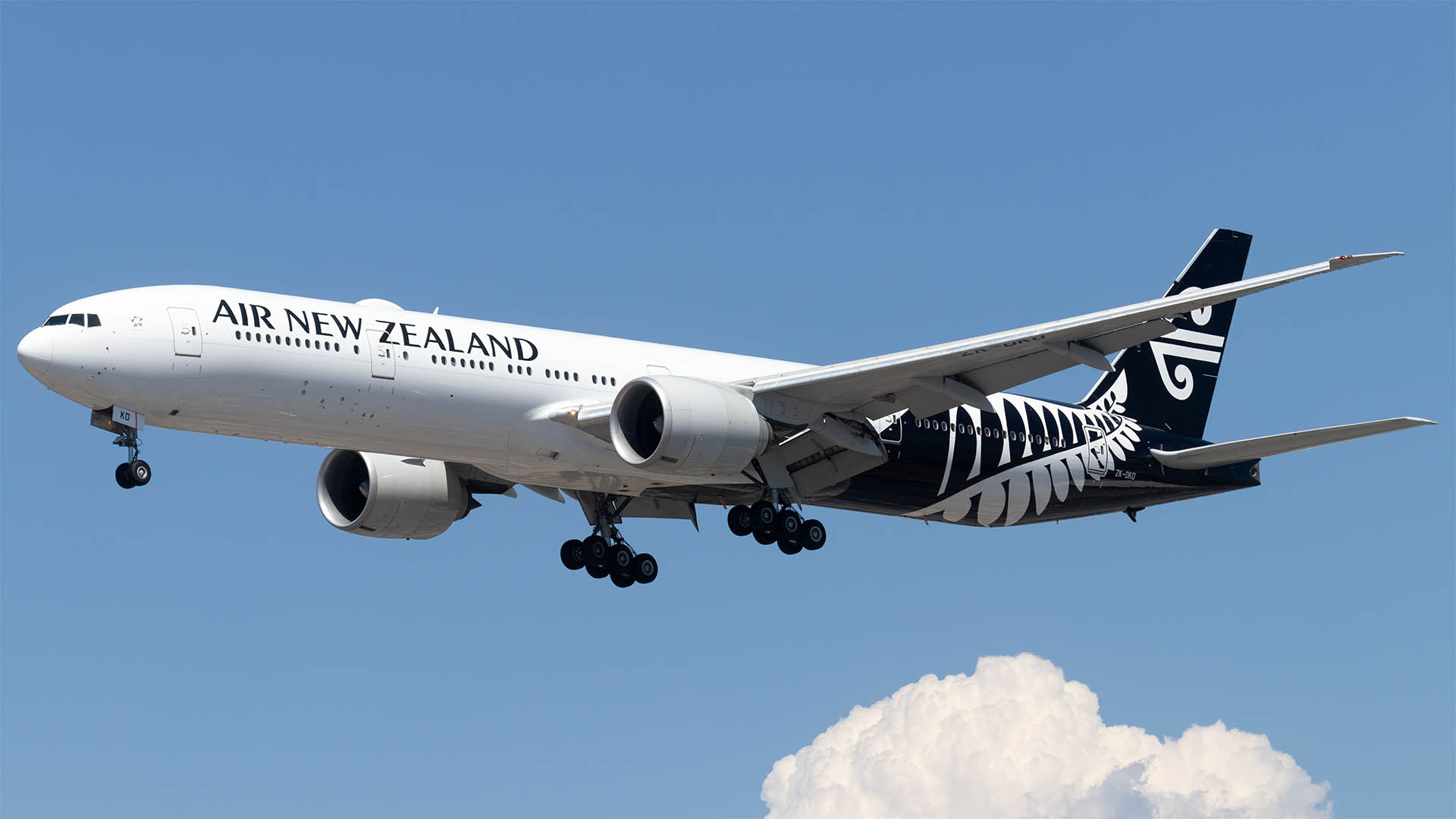BHP shareholders will get their cut from the company’s surge in interim profit with the world’s biggest miner revealing 38% lift in half year payout to 55 cents a US cents a share, from 40 cents a share paid for the same period in 2016-17.
Underlying profit rose 25% $US4.1 billion for the six months to December 31, the company’s half year financial report said (https://www.bhp.com/-/media/documents/media/reports-and-presentations/2018/180220_bhpresultsforthehalfyearended31december2017.pdf?la=en). It was the best half year performance since 2014.
Analysts had forecast a bit more so watch the shares sell off overnight if the reception to other results is any guide and moaning start from some big institutions who want more cash.
The shares ended the day on the ASX down 0.4% at $31.30.
Earnings before interest, tax, depreciation and amortisation (or EBITDA) rose a more sedate 14% to $US11.23 billion. Revenue was up 16% to more than $USS21.7 billion.
Statutory profit fell 37% to $US2 billion, thanks to a $US2 billion exceptional loss "predominantly related to the US tax reform”, according to yesterday’s statement.
The improvement came from higher demand and prices for copper, LNG and oil compared to the first half of 2016-17, and a small rise iron ore price. BHP’s operational review for the December half, released last month, showed that the miner’s average realised price for copper was up a 33% in the half, average realised prices for LNG were up 18%, and oil prices on average were up20%, but iron ore saw a rise of just 4%.
But the WA iron ore operations still dominated the result and contributed $US4.3 billion to BHP’s EBITDA.
BHP CEO Andrew Mackenzie said in yesterday’s statement: “Higher commodity prices and a solid operating performance delivered free cash flow of US$4.9 billion. We used this cash to further reduce net debt and increase returns to shareholders through higher dividends."
He also said BHP was on track to "deliver further productivity gains of US$2 billion by the end of the 2019 financial year".
The company’s net debt fell by almost $US900 million to $US15.4 billion at the end of the period and further cuts are planned.
"We are on track to reach our net debt range of US$10 to US$15 billion before year-end and will maintain a strong balance sheet through the commodity price cycle. We are targeting the lower half of the net debt range while commodity prices remain elevated,” directors said.
BHP’s result also came two weeks after Rio Tinto announced a full year 2017 profit of $US8.63 billion, which was up 69% on the previous year’s $US5.1 billion profit result.
Australia’s third major iron ore producer, Fortescue Metals Group, will report its half year results this morning.
BHP directors also used the results report to comment on its complex corporate structure, which has come under fire from Elliott Advisors the US hedge fund and activist investor.
BHP said it has considered the unification of its dual-listed share structure (DLC) a number of times of the past years and would keep it under review.
“We would change the DLC structure if it were in the best interests of all shareholders. Our view on unification of the DLC structure is based on cost and benefit analysis. Currently, we consider that the costs and risks of collapsing the DLC outweigh the potential benefits,” it said.
Elliott Advisors published a study earlier this month claiming BHP could generate $US22 billion in value by simplifying its corporate structure. Seeing Elliott completely misunderstood the Australian dividend imputation system and its attraction to small investors when it first start its campaign, this latest report has been taken with a large grain of salt, or several
Elliott has also been pressuring the company to review the future of its oil business, with more success.
BHP said on Tuesday it was moving closer to selling some of its shale interests.
BHP said it hoped to complete a sale in the first half of the 2019 financial year, with bids being called in June.












